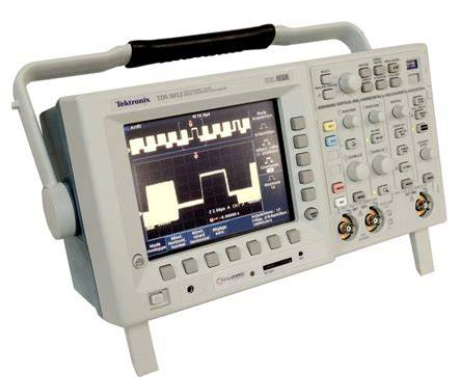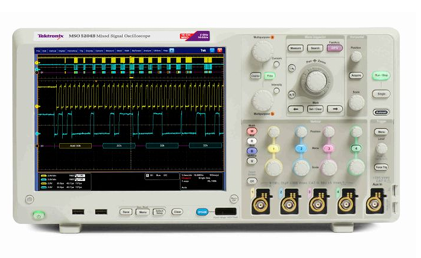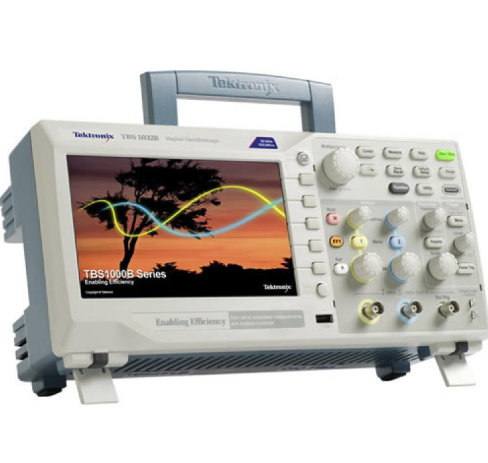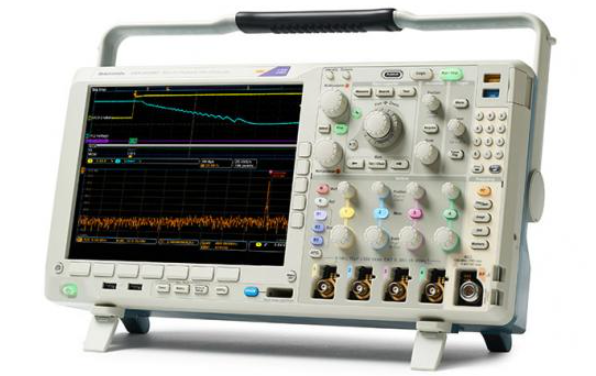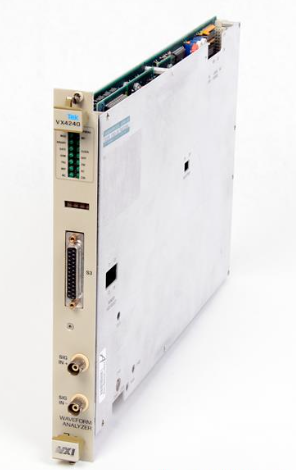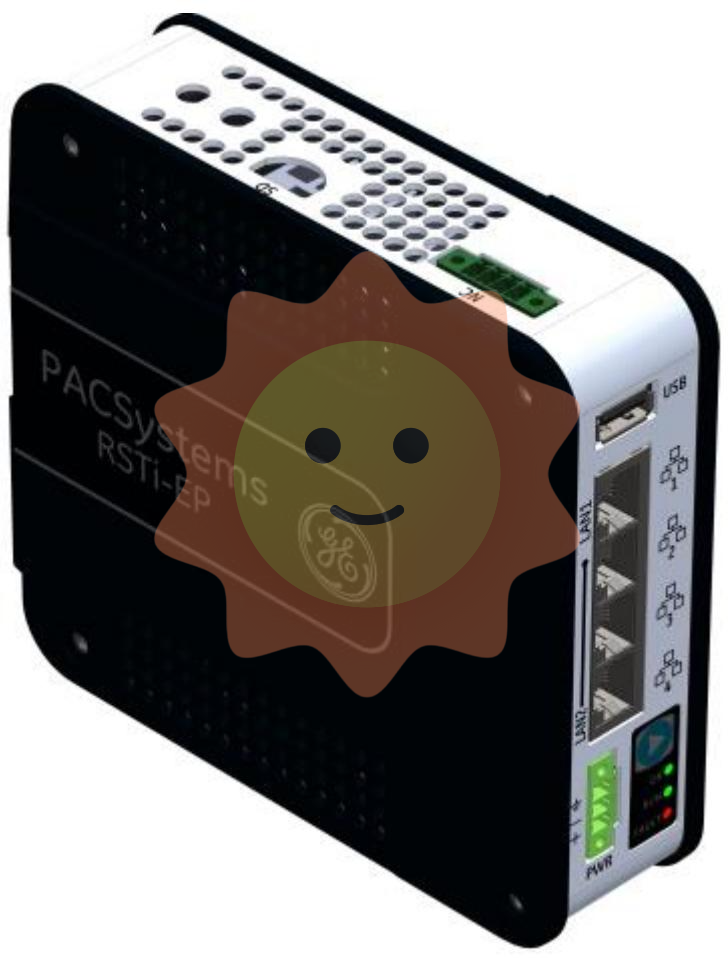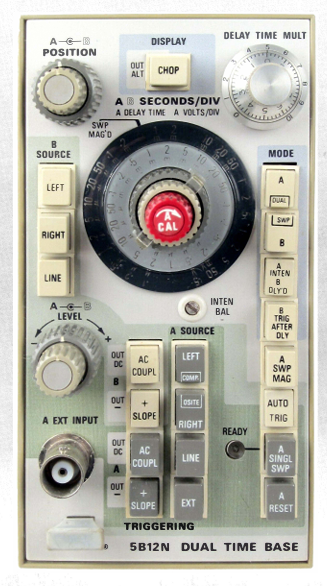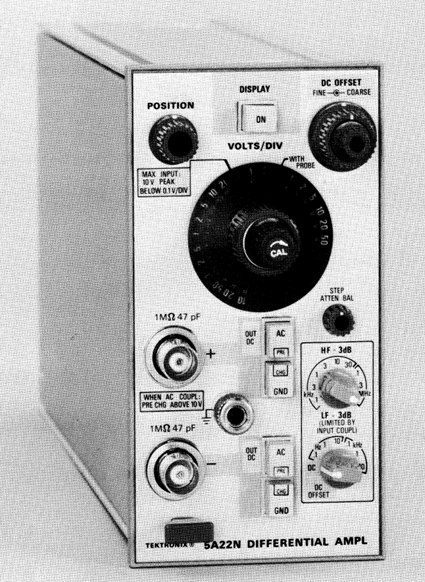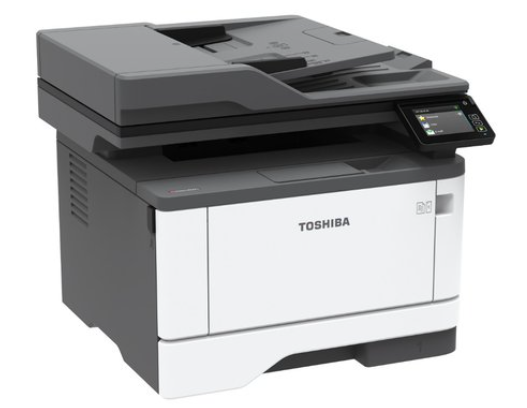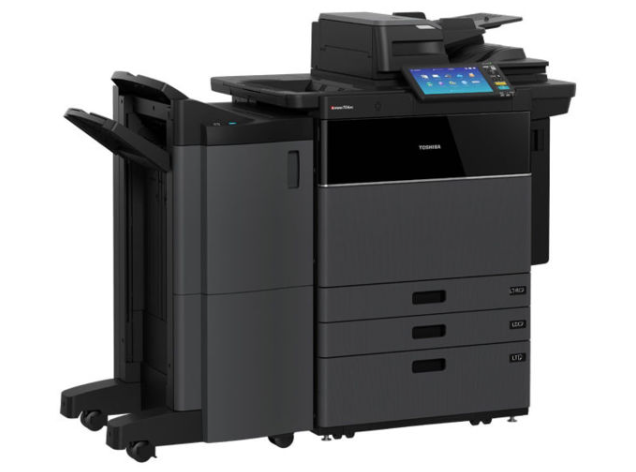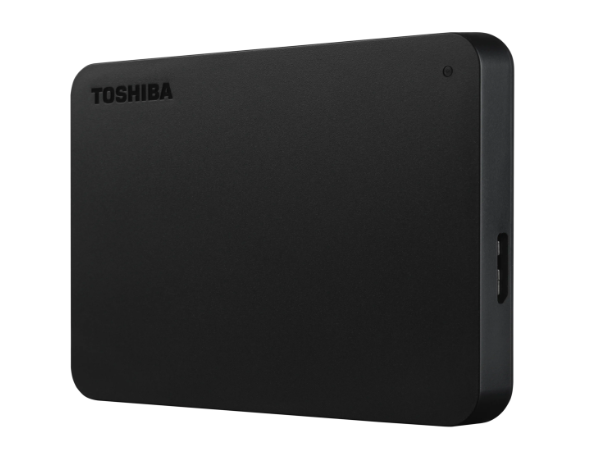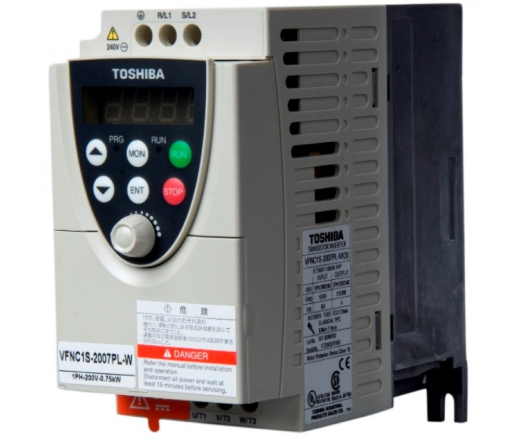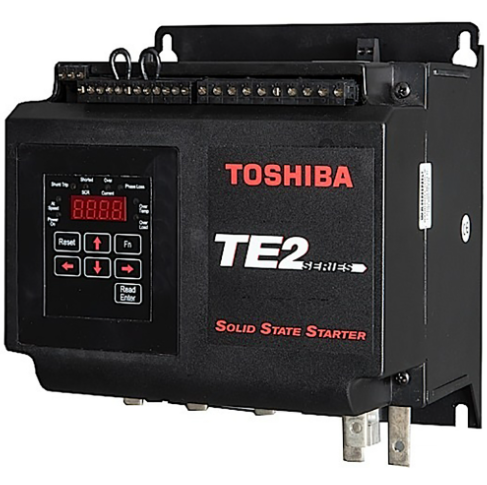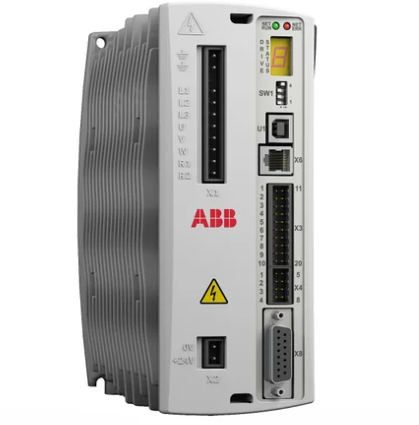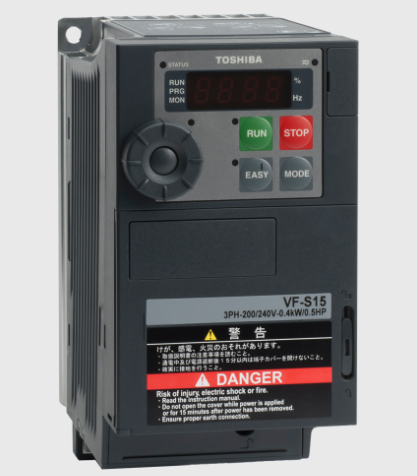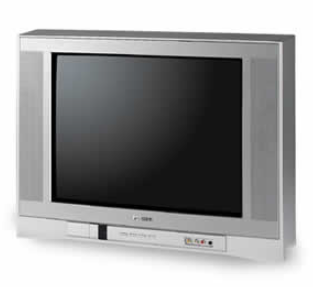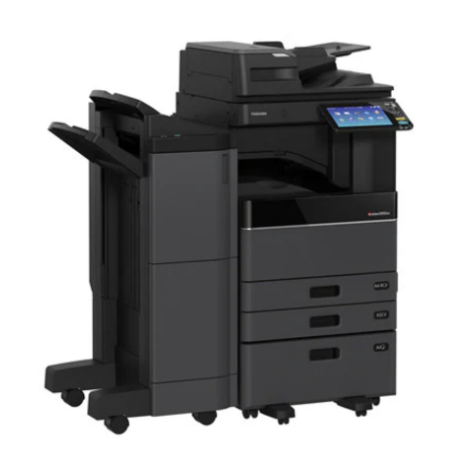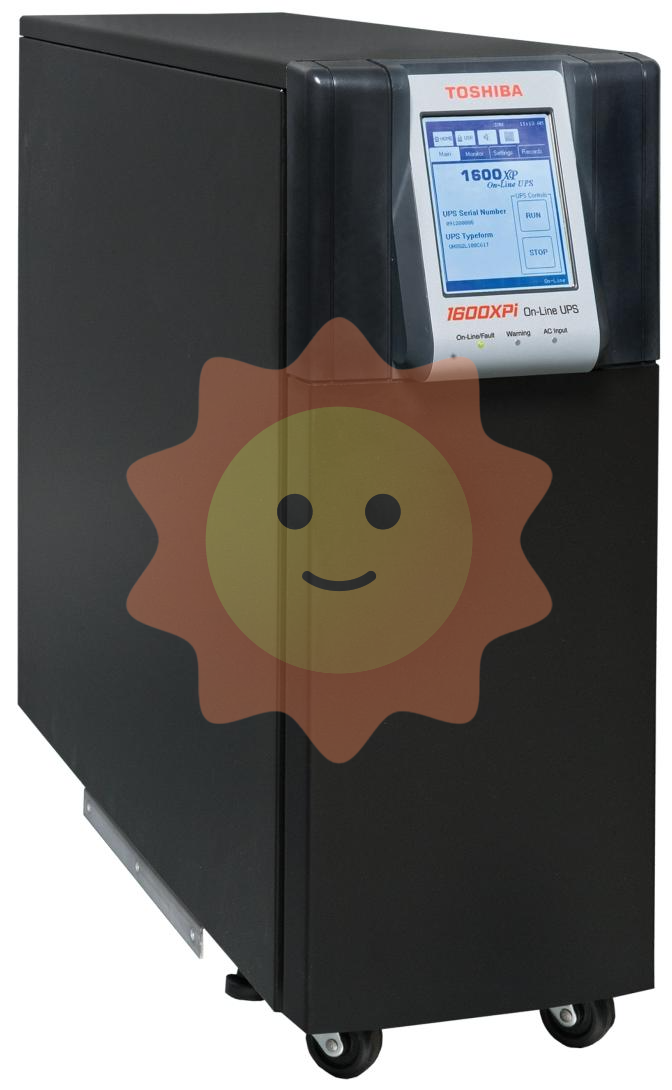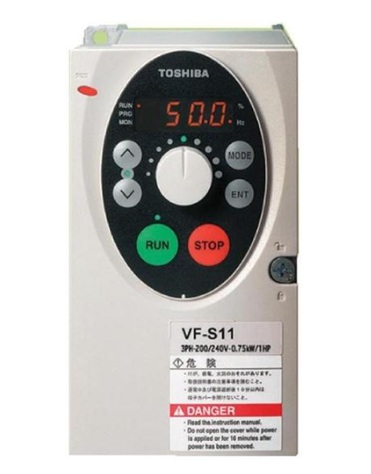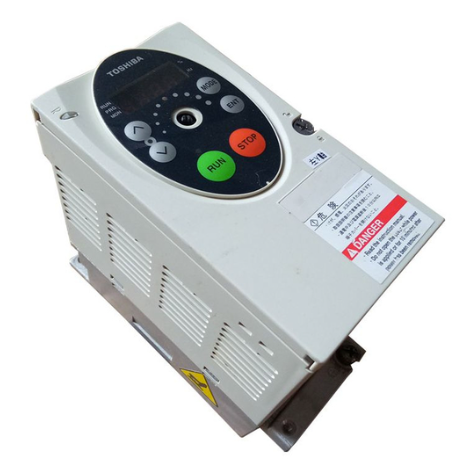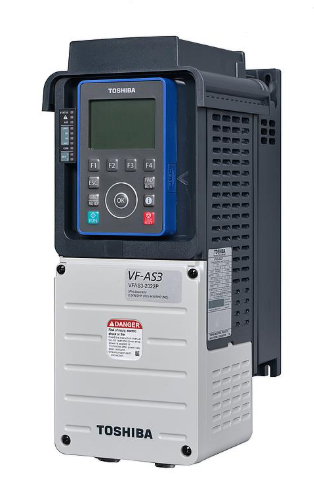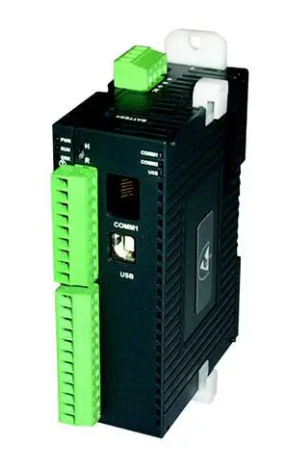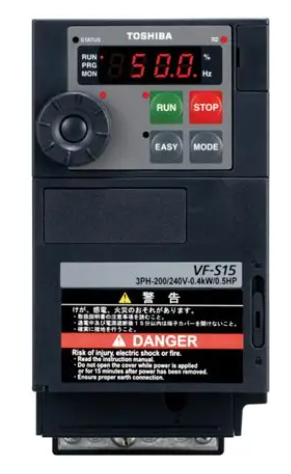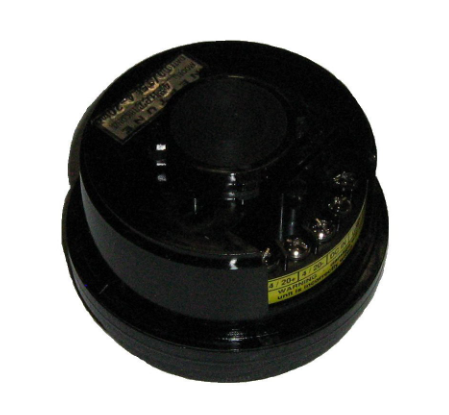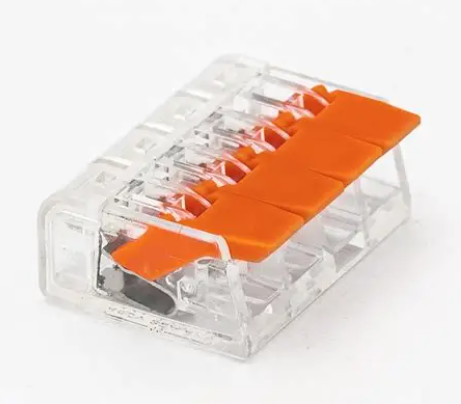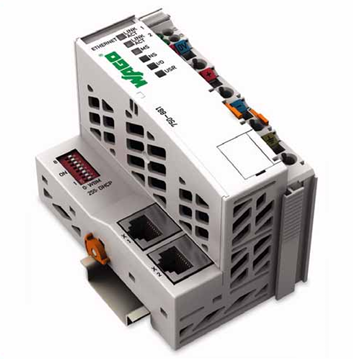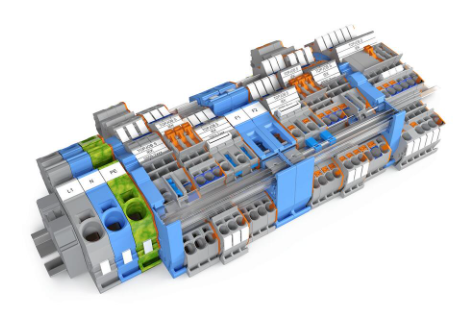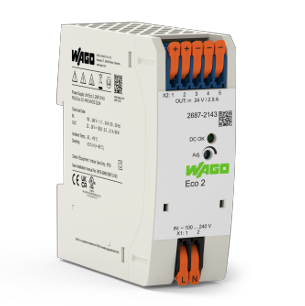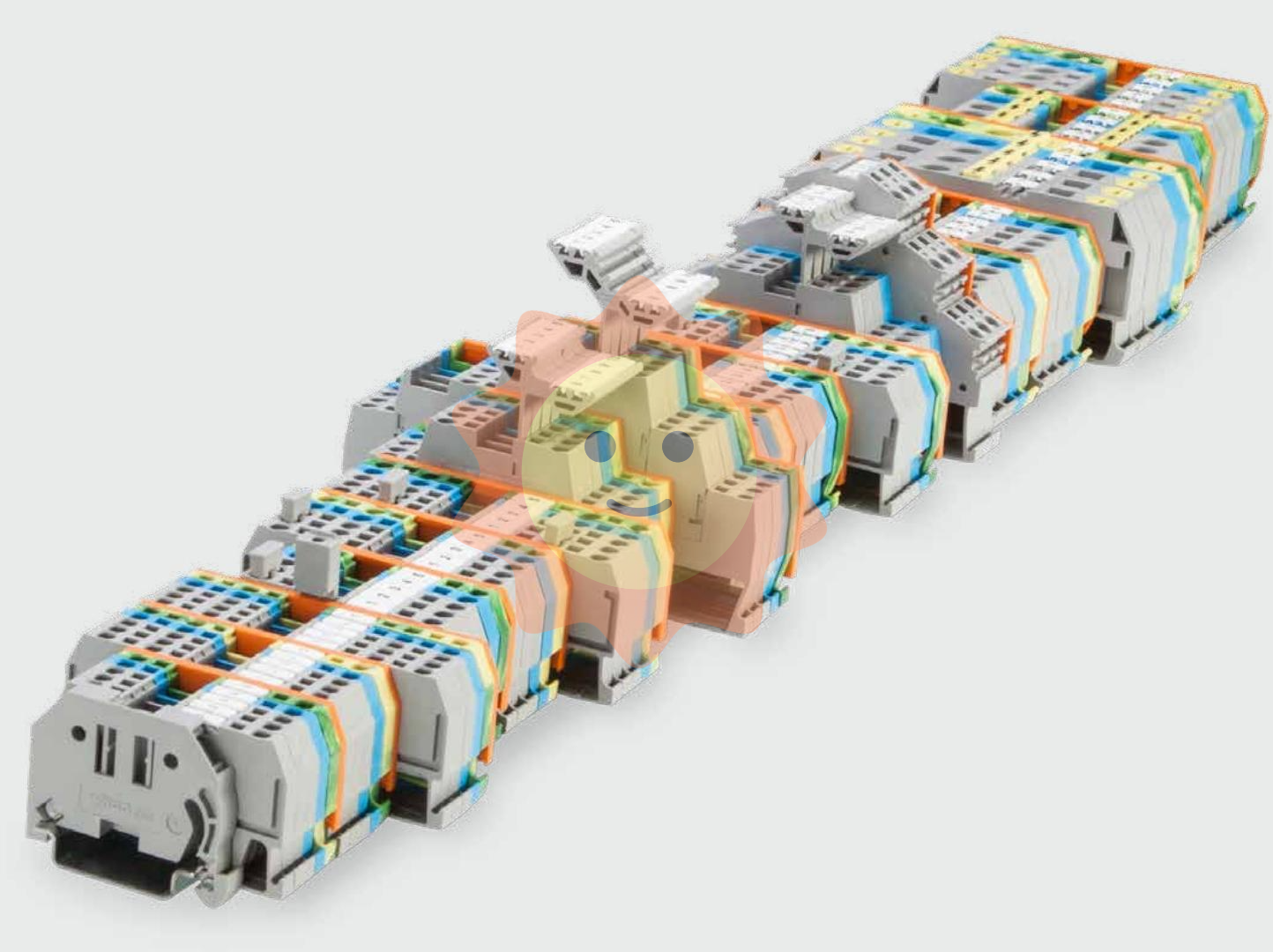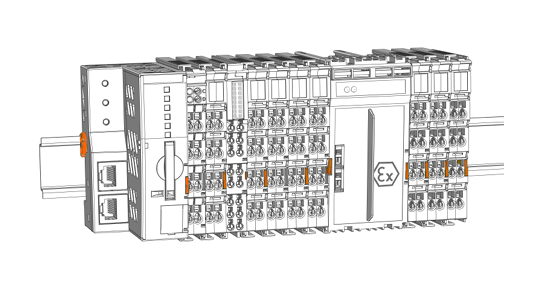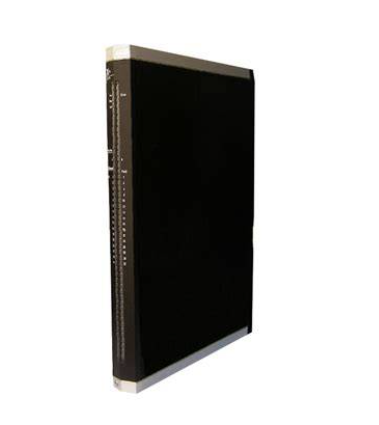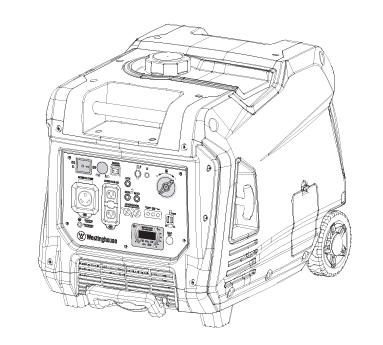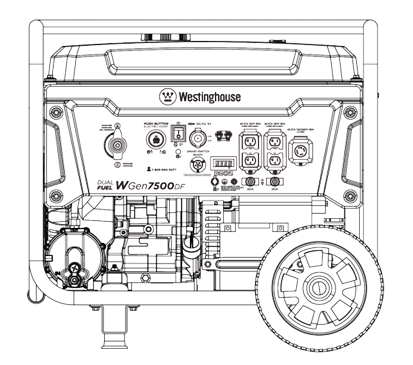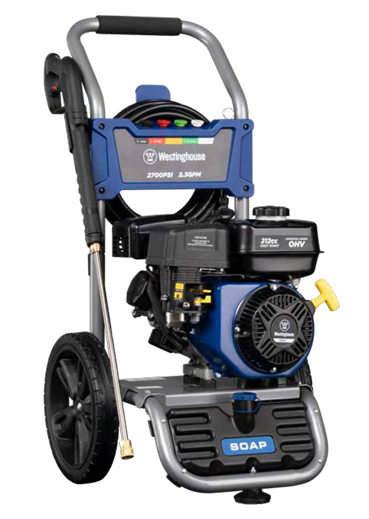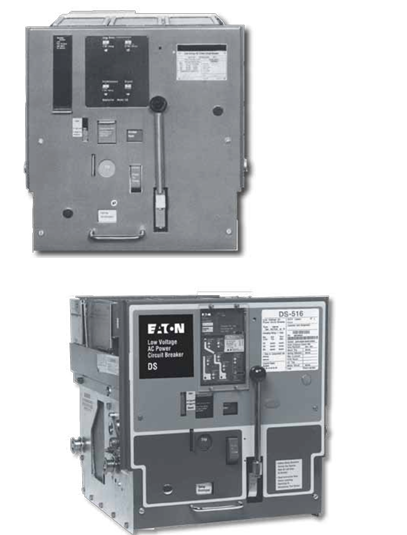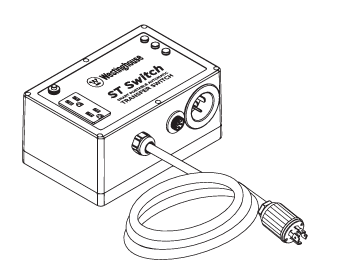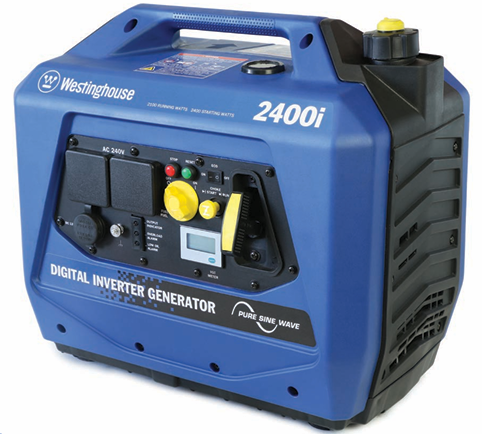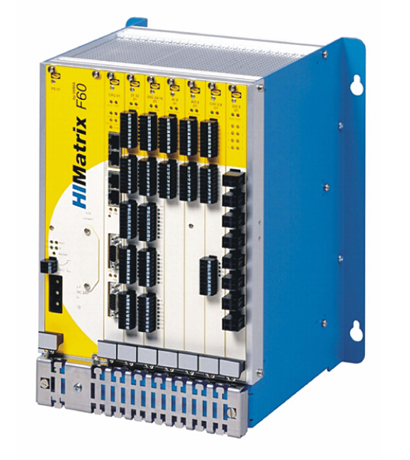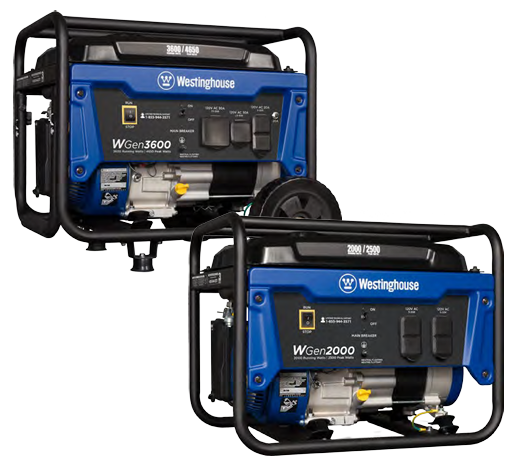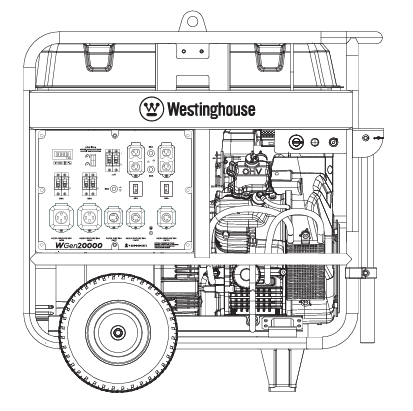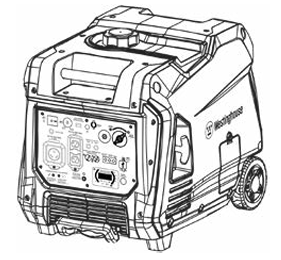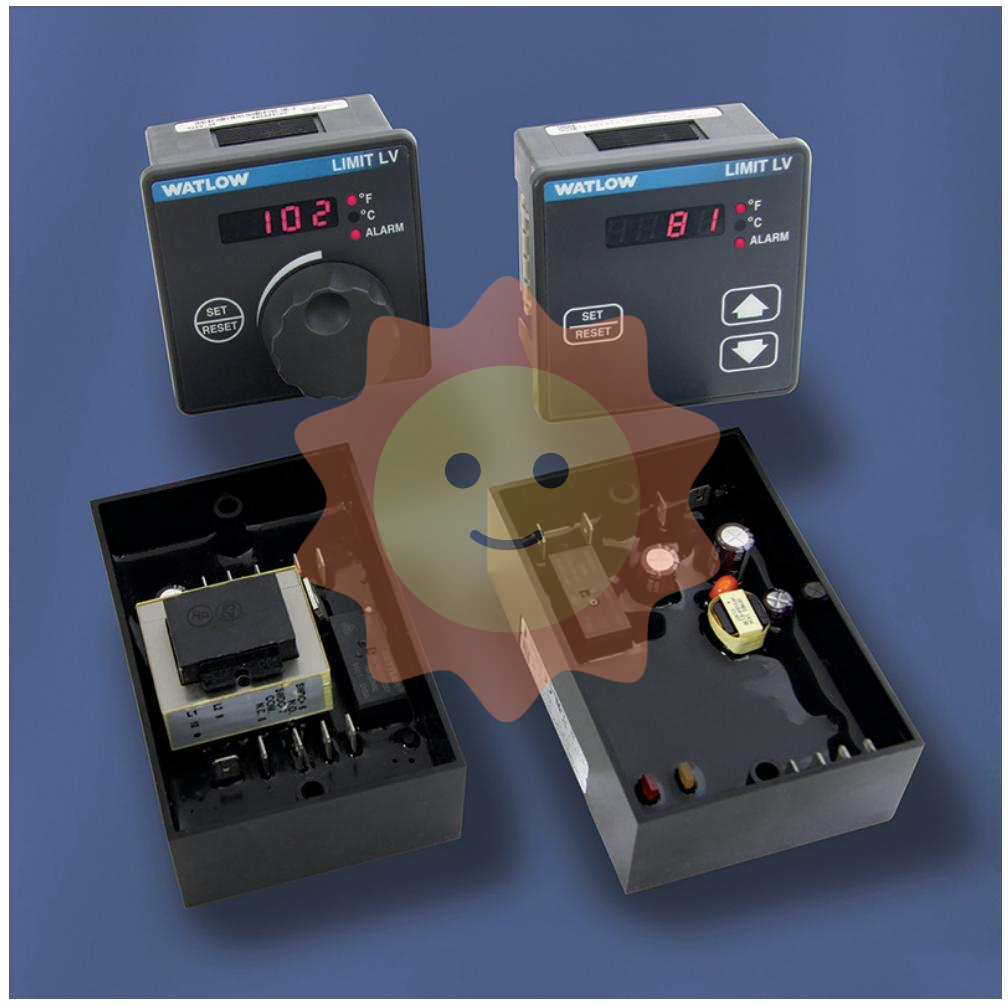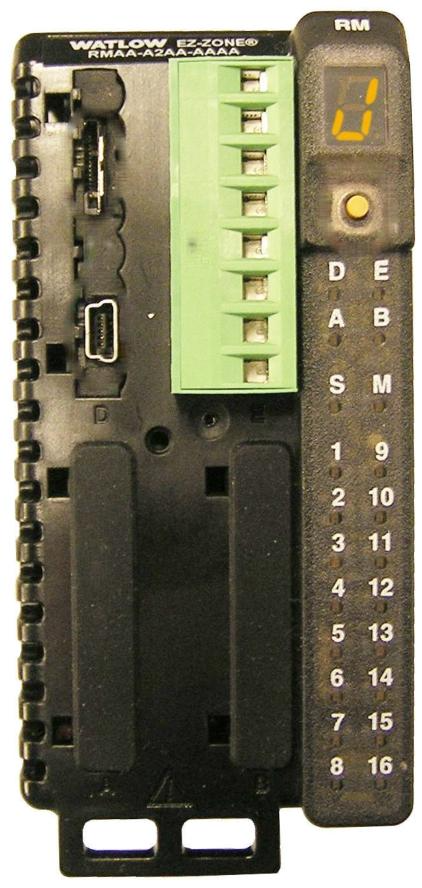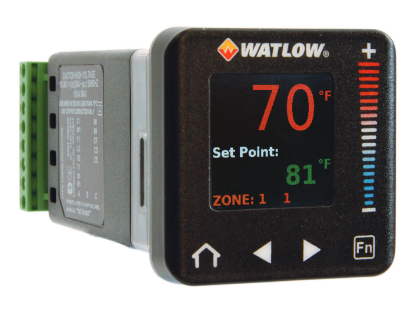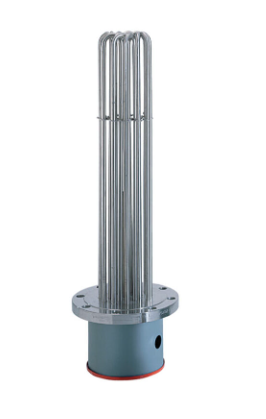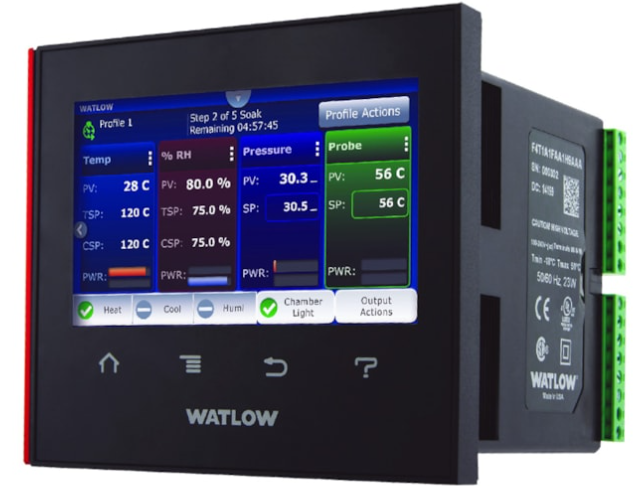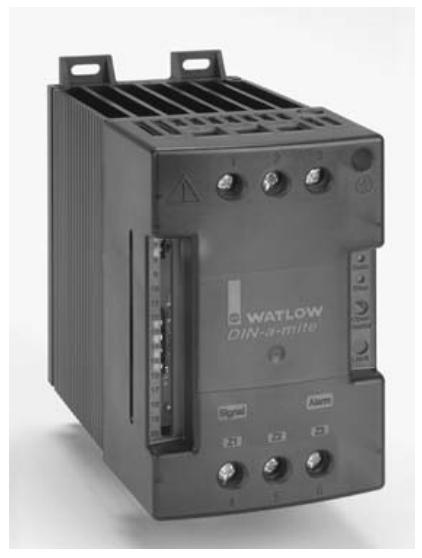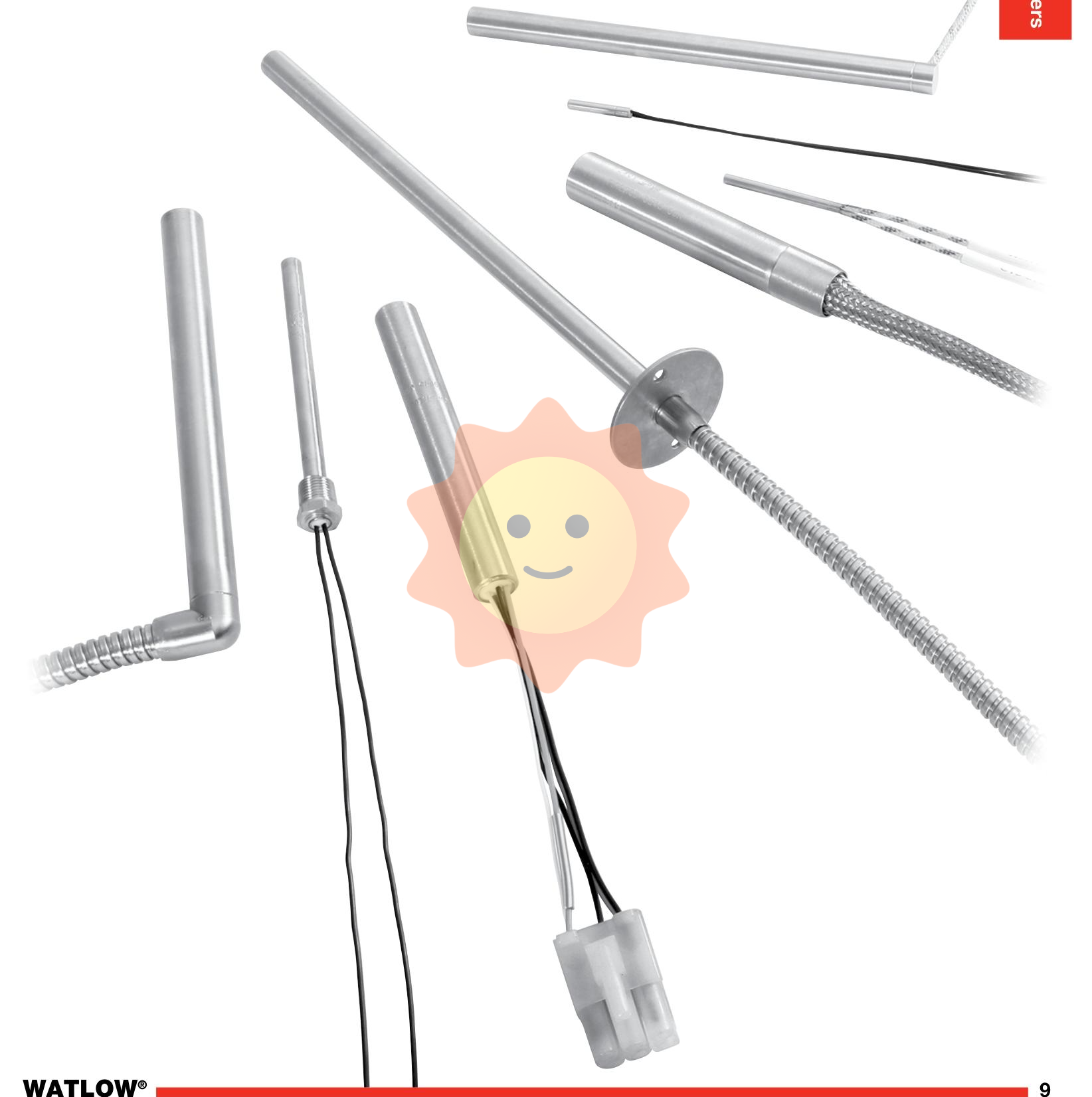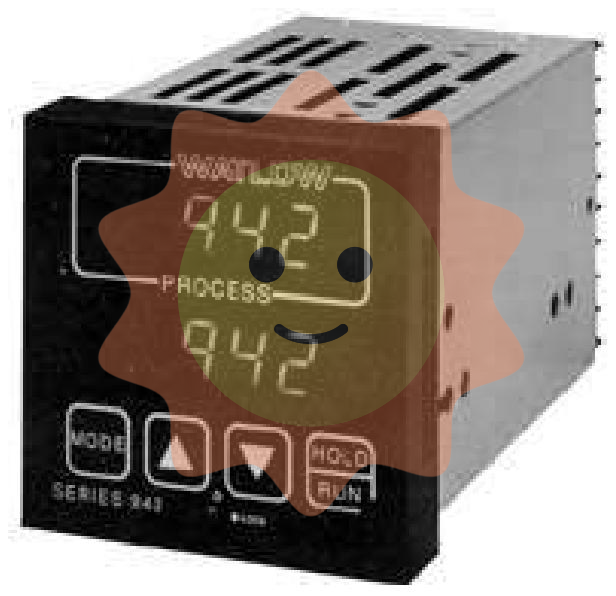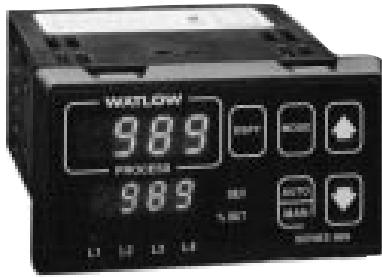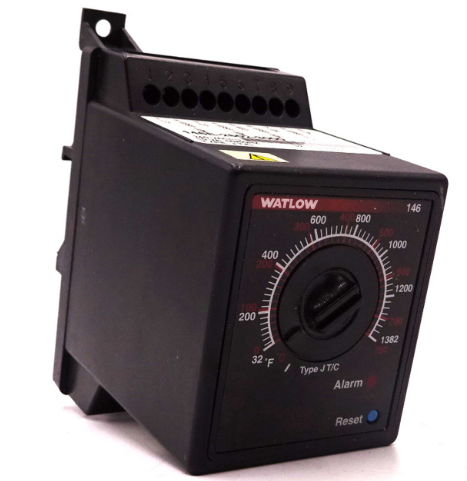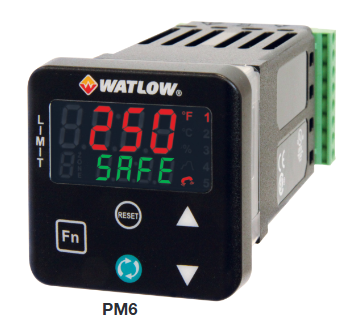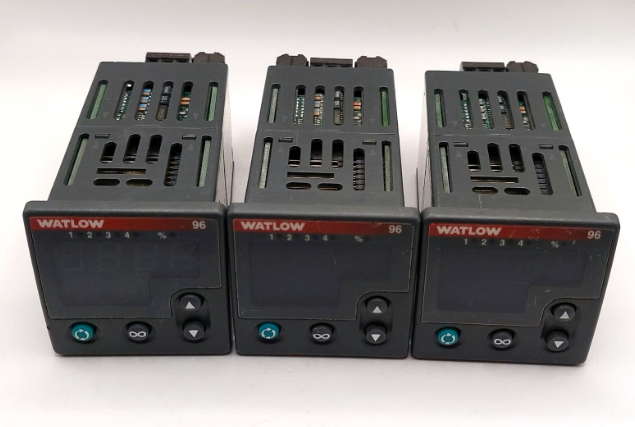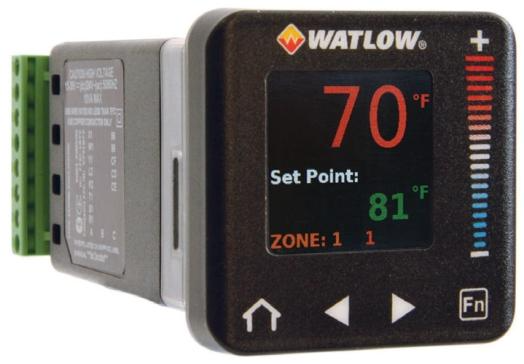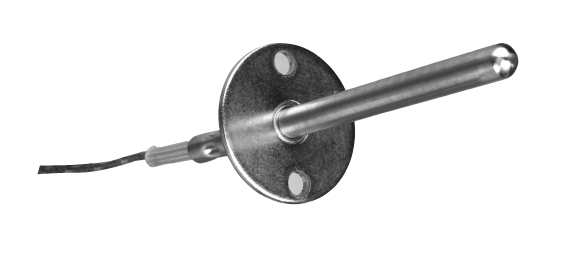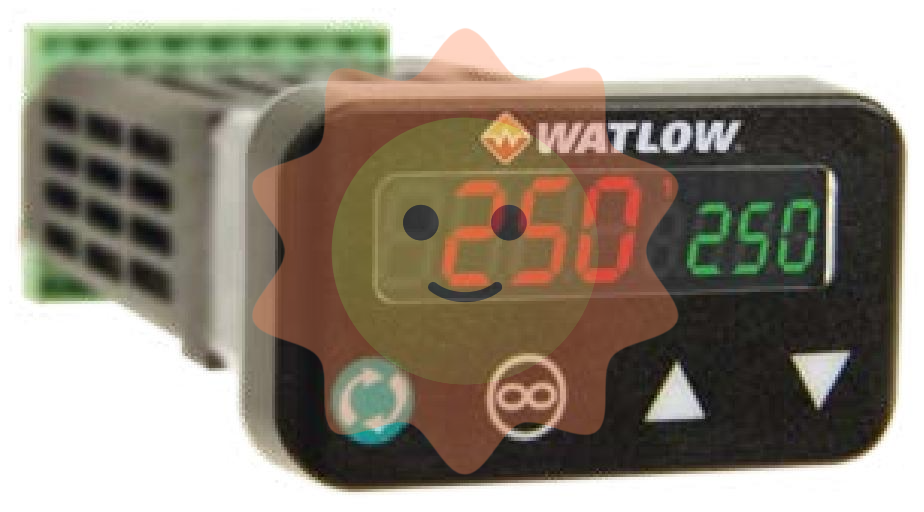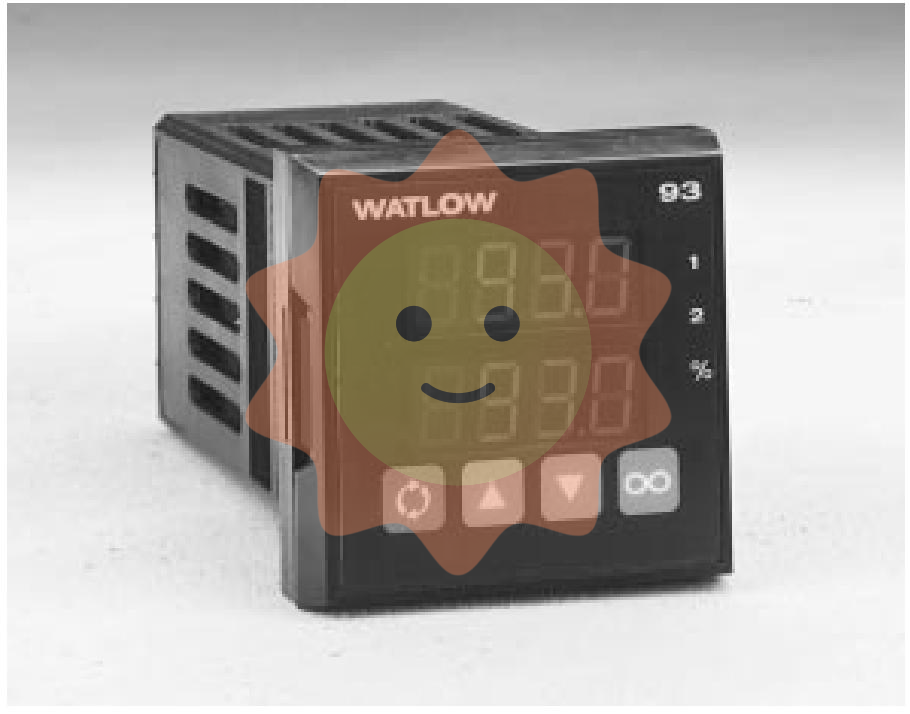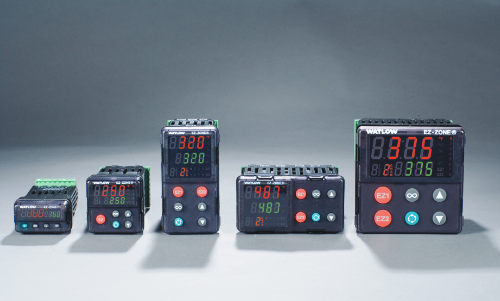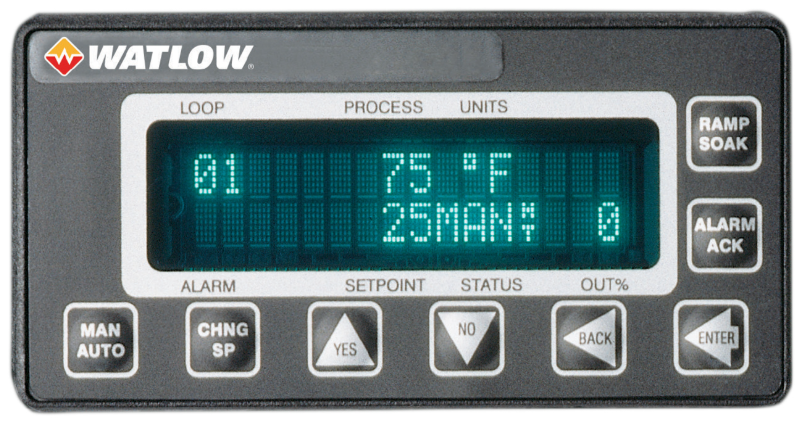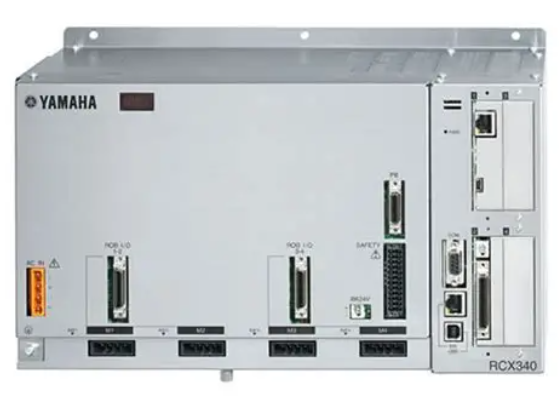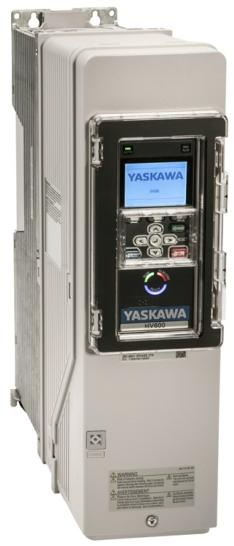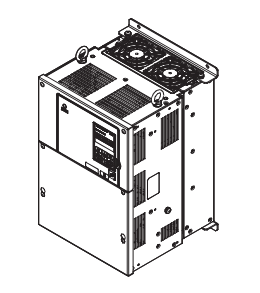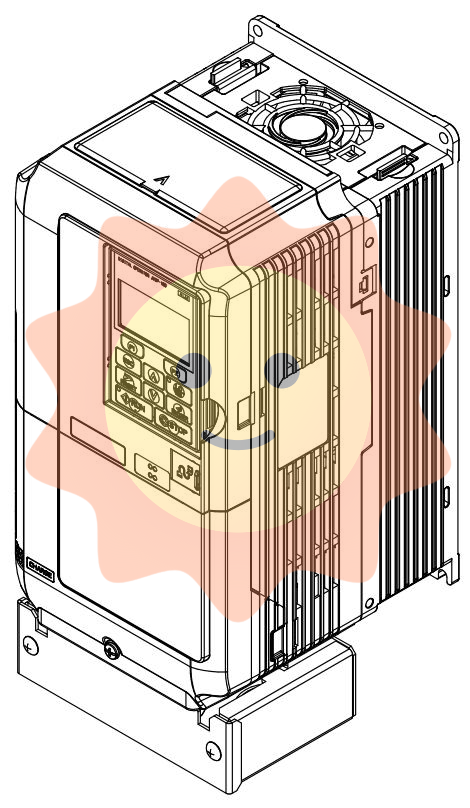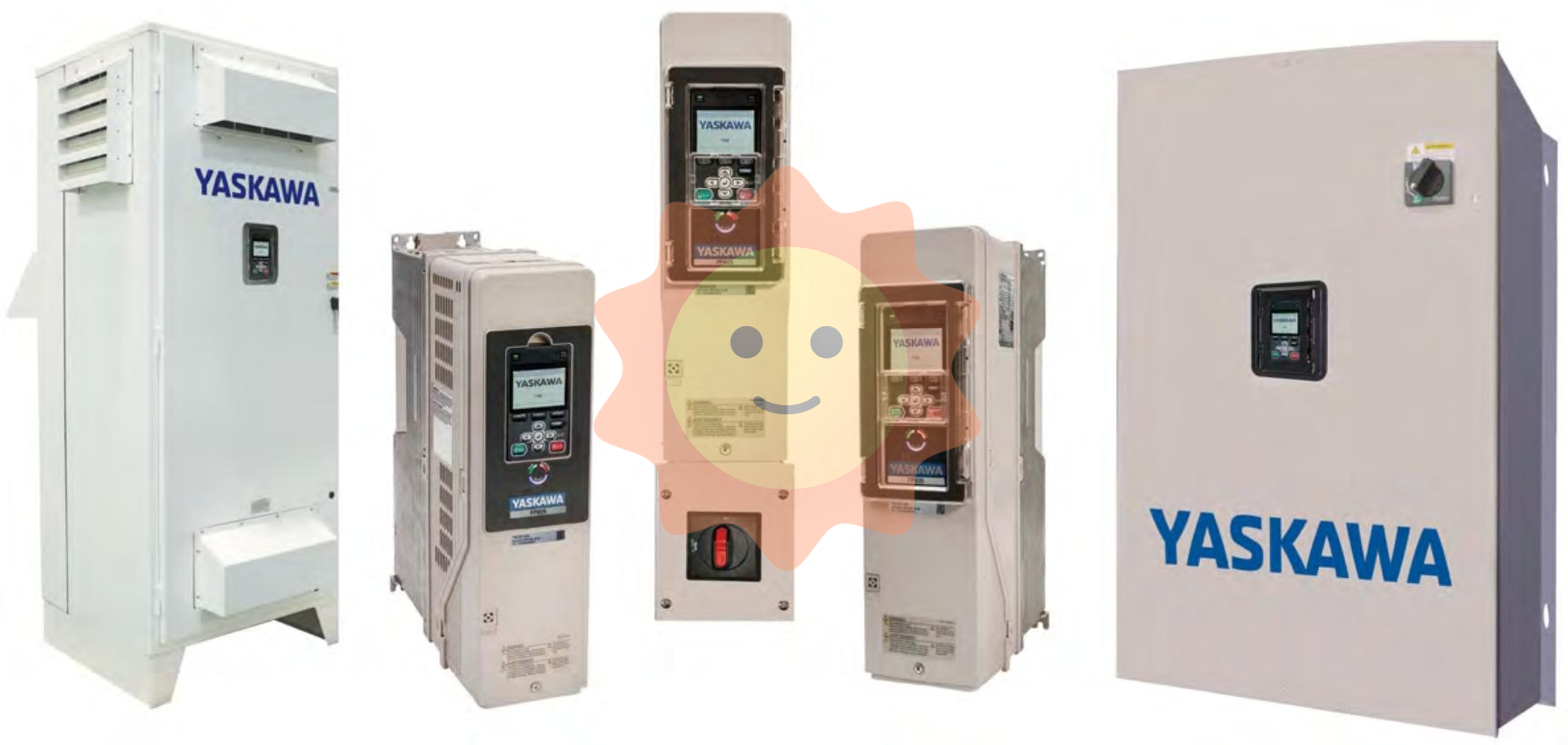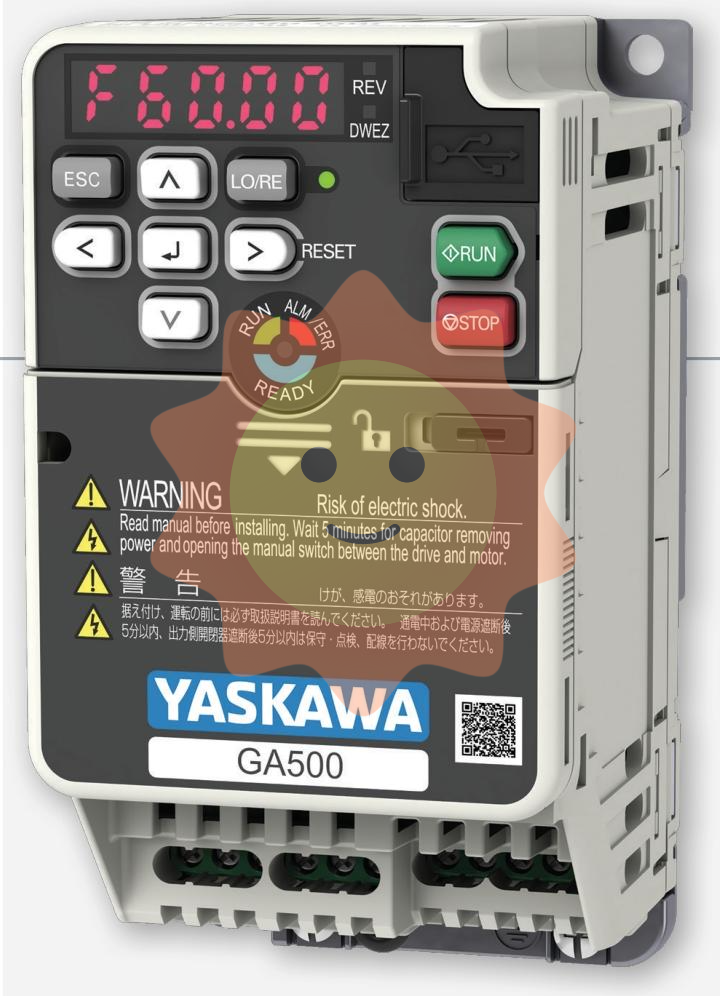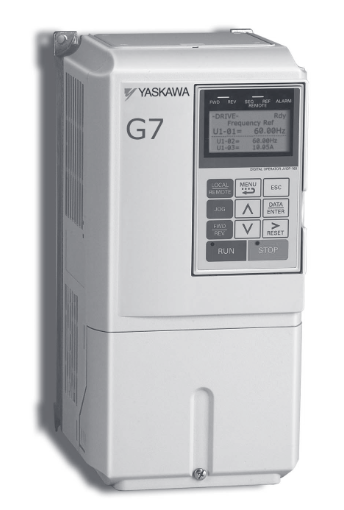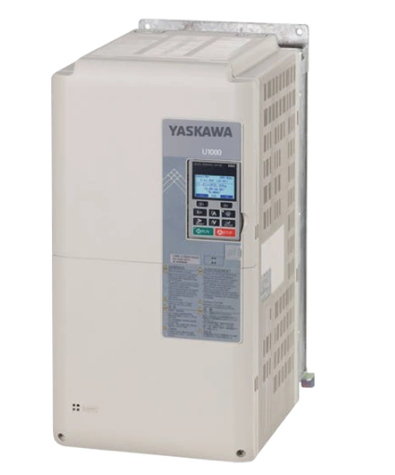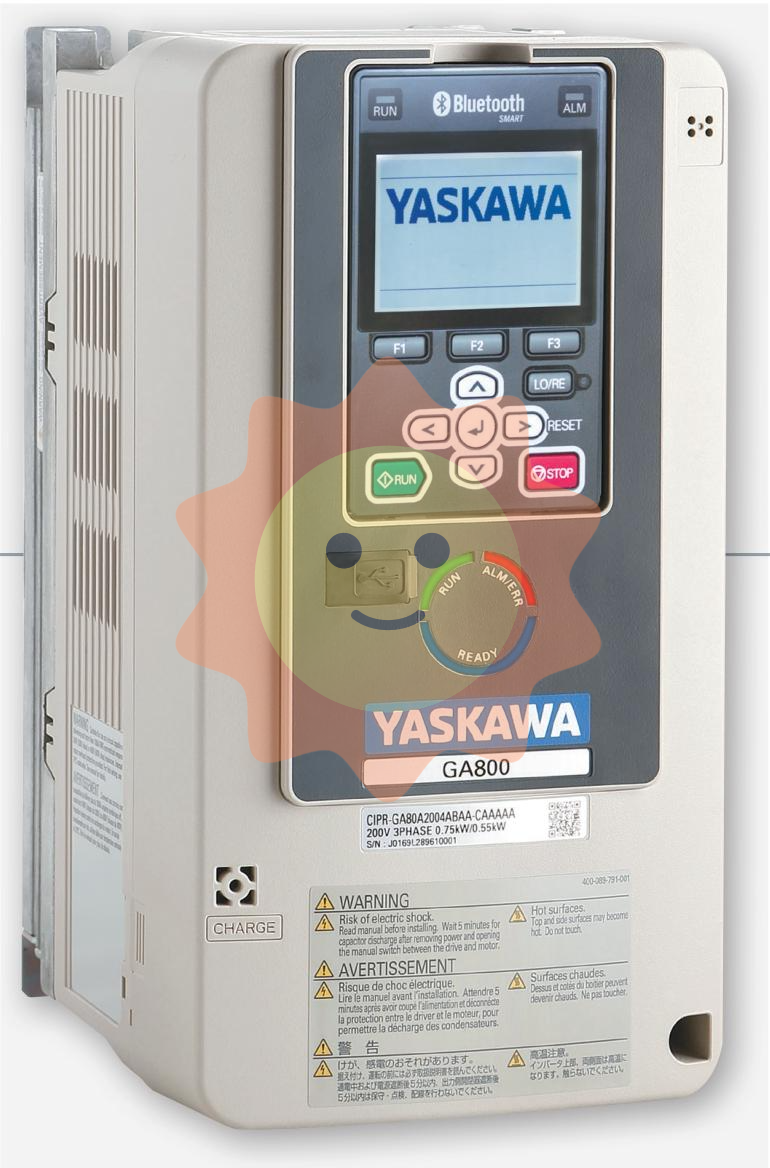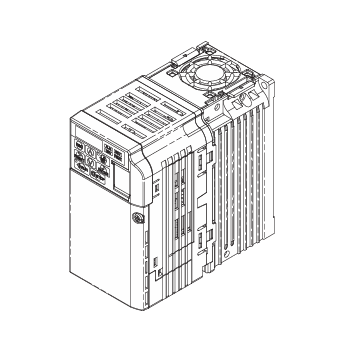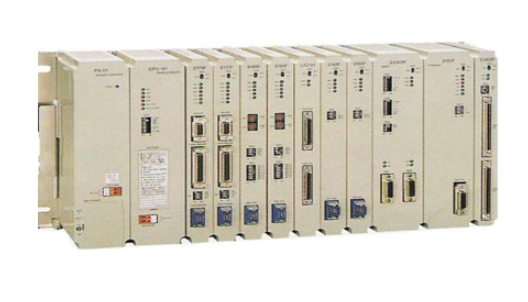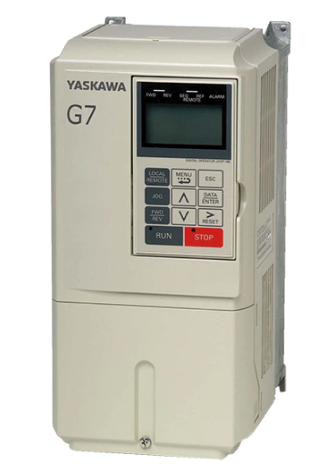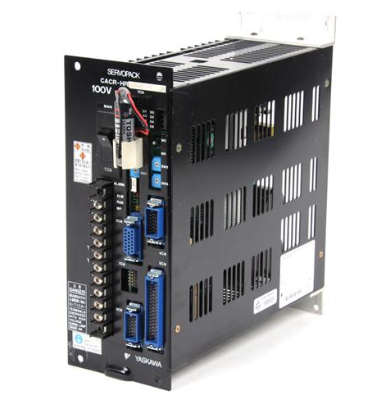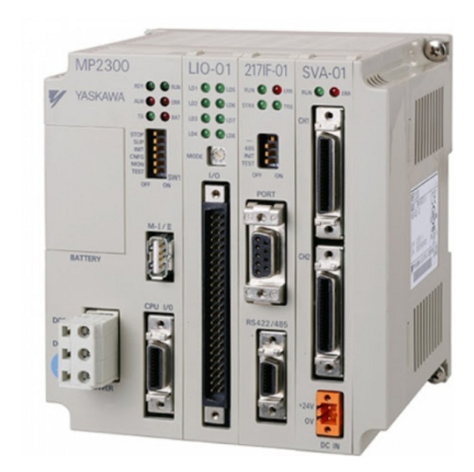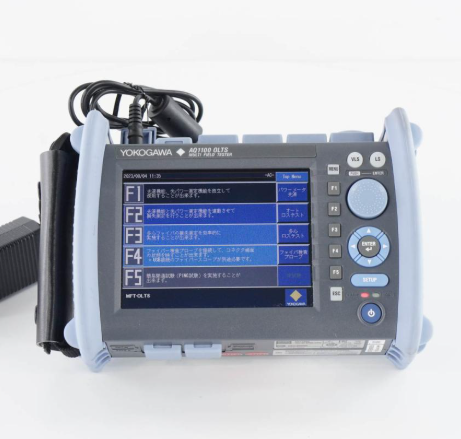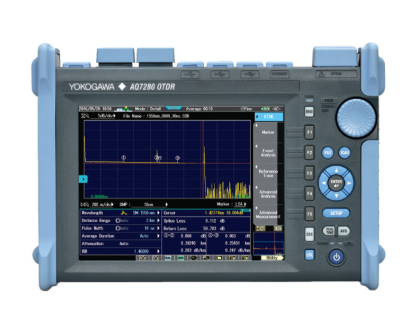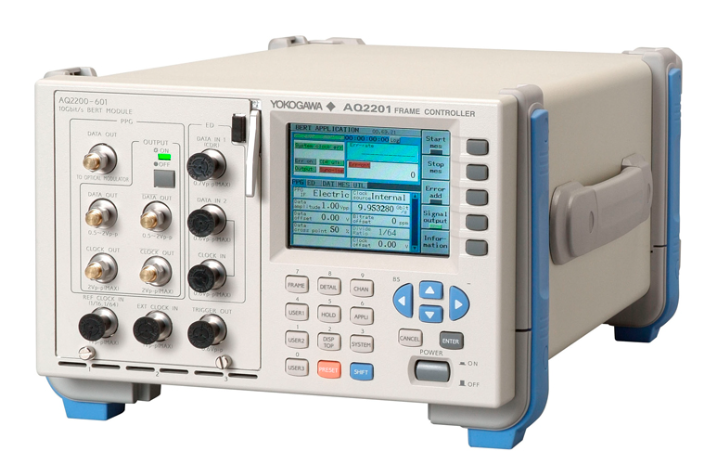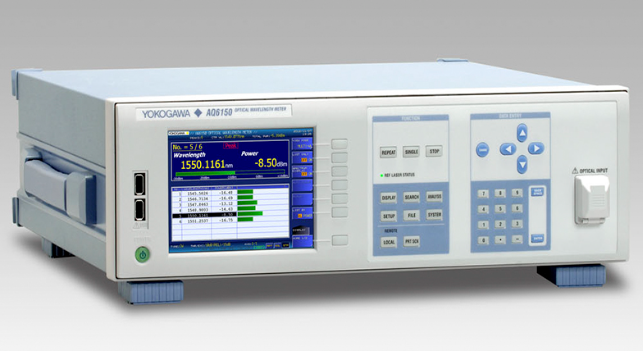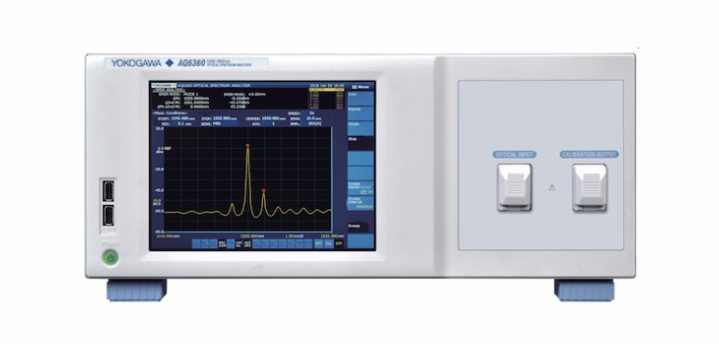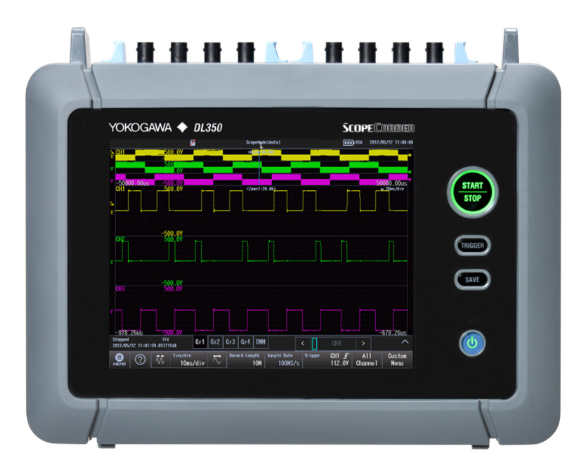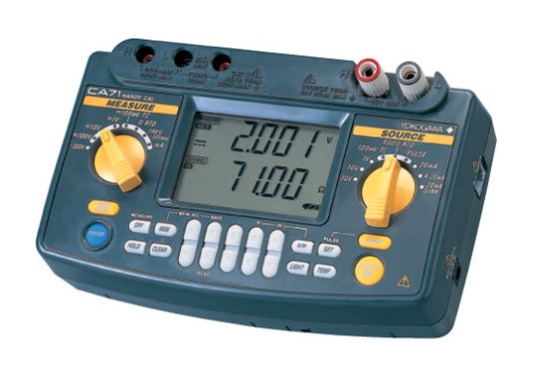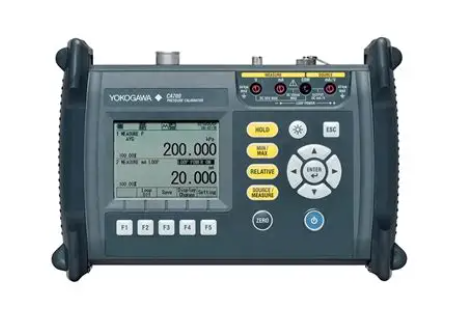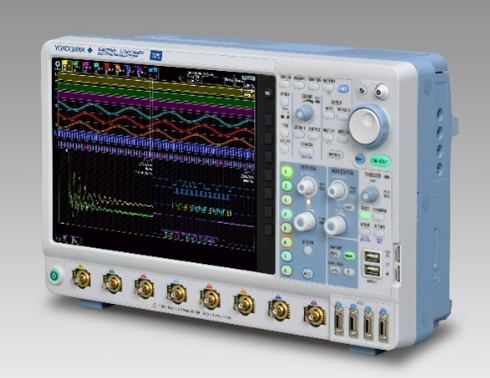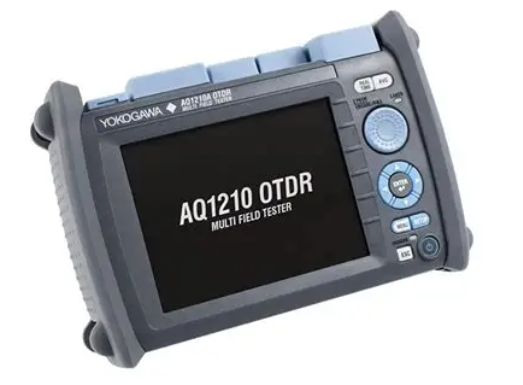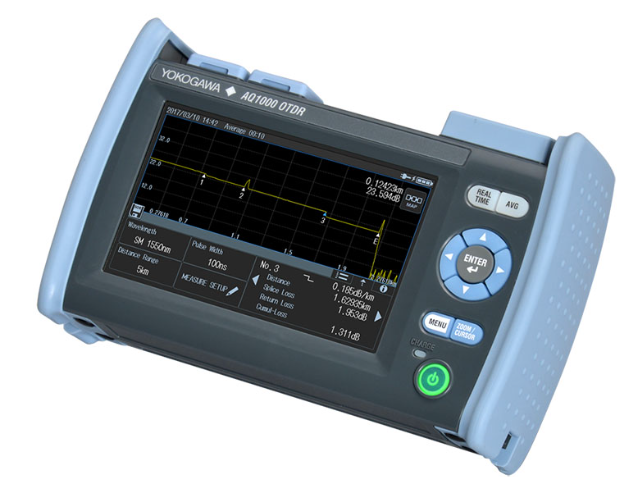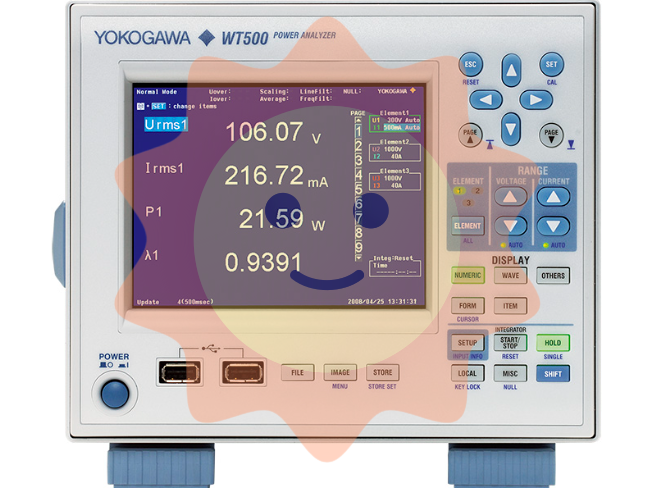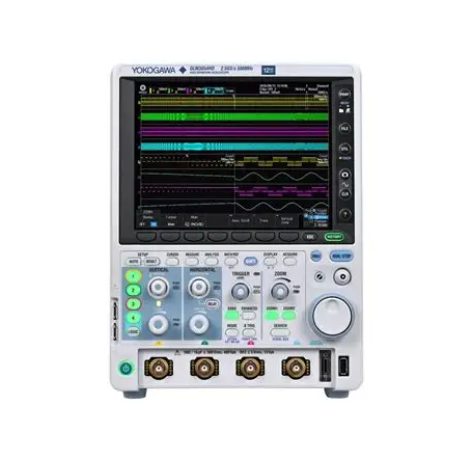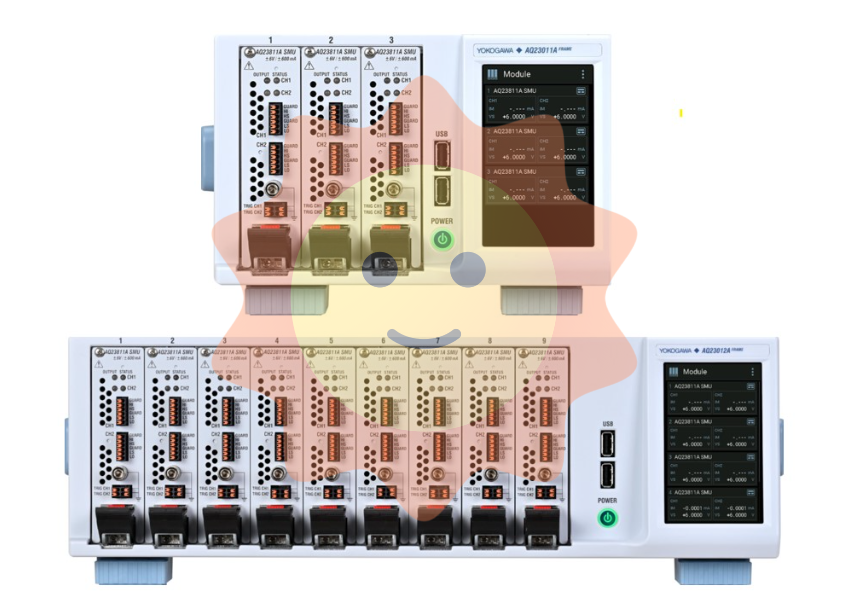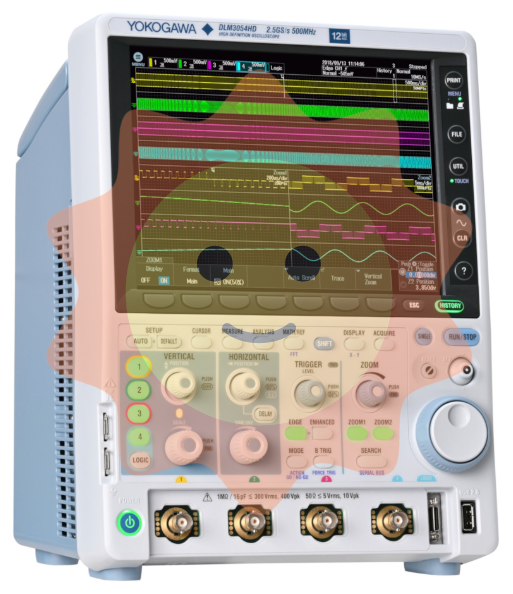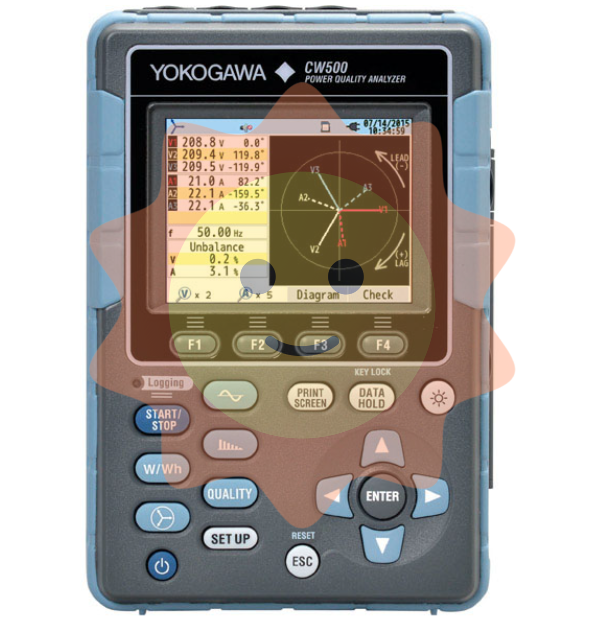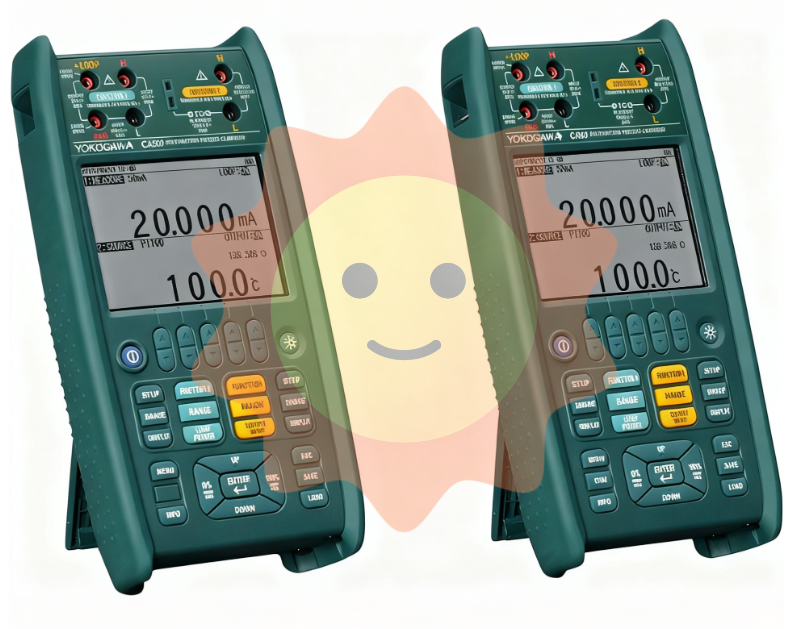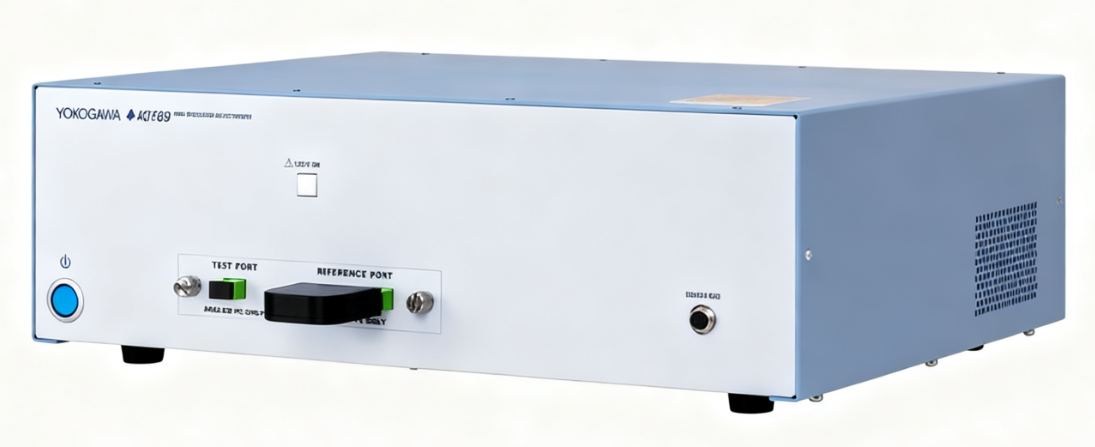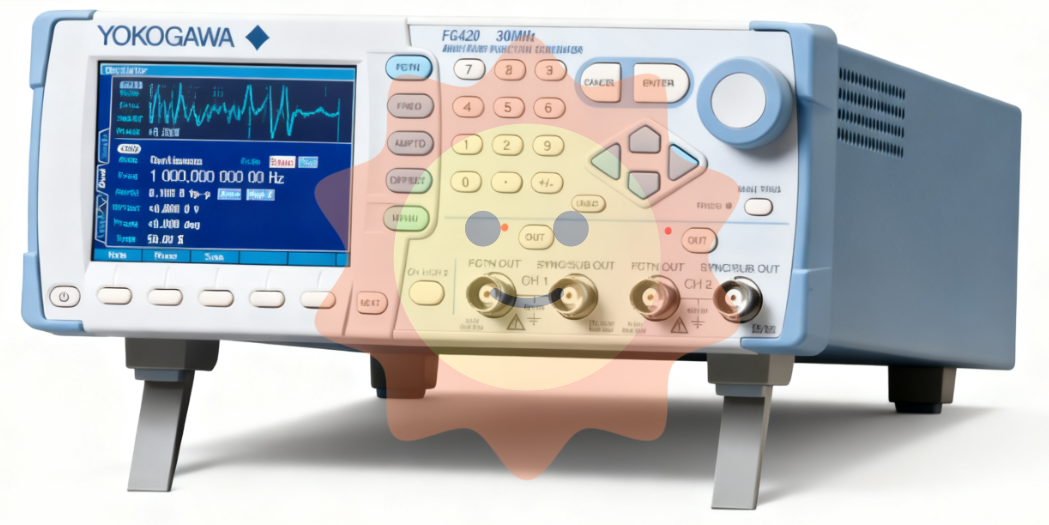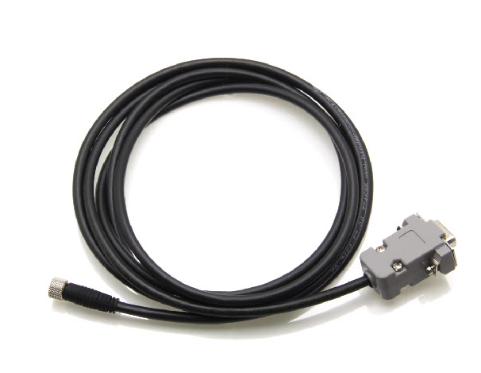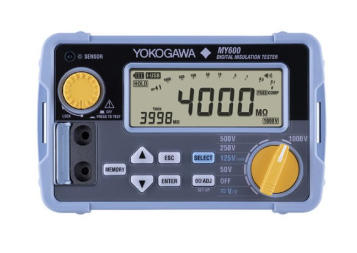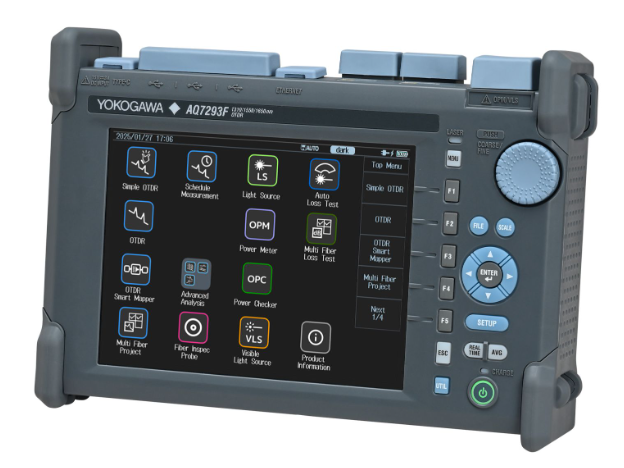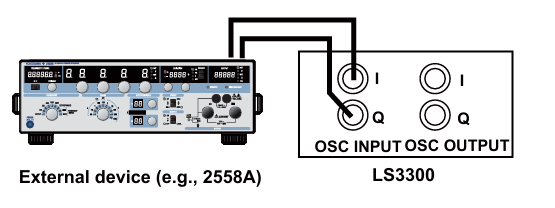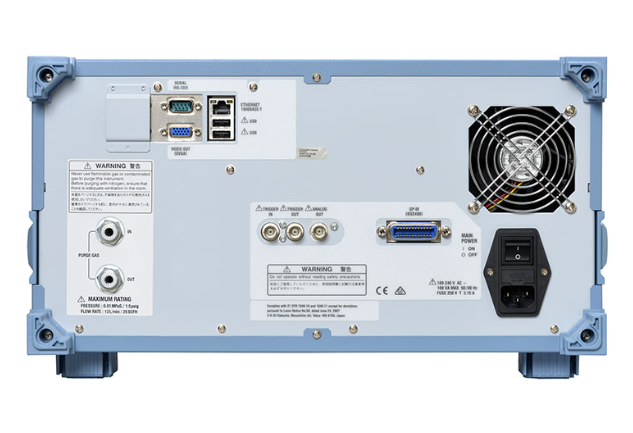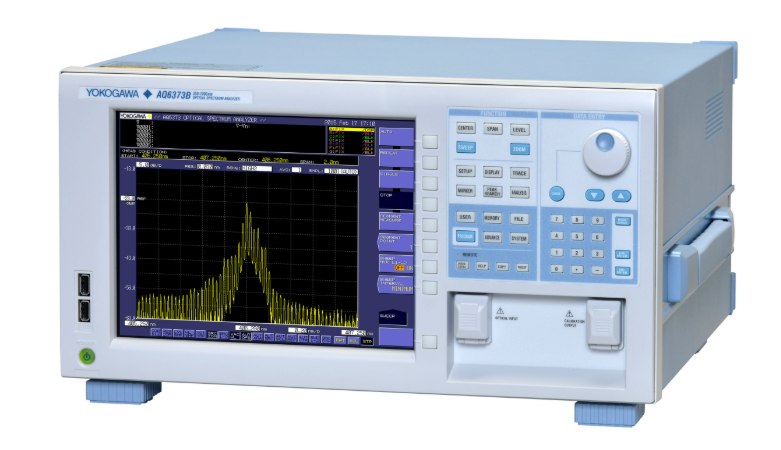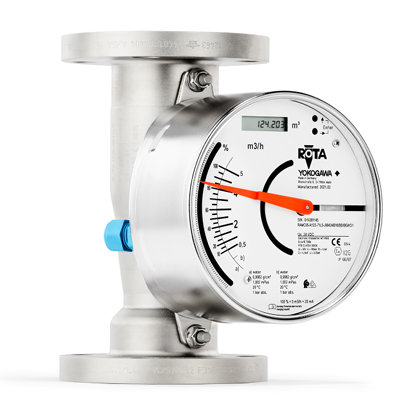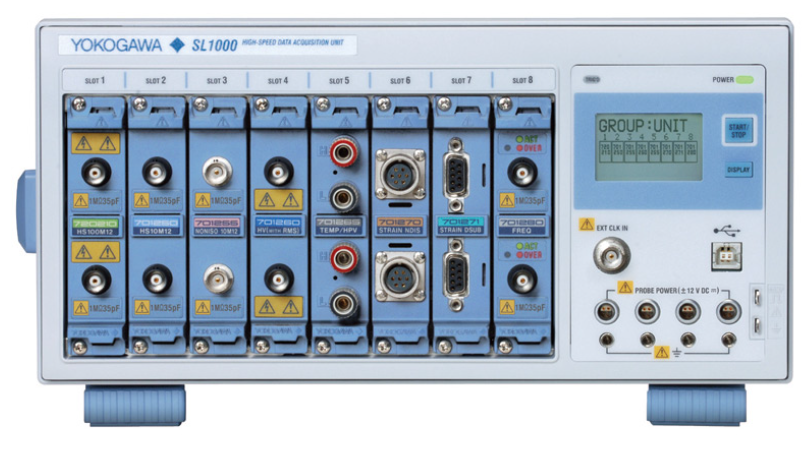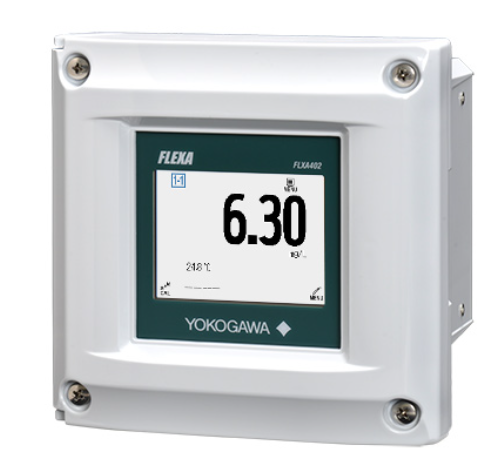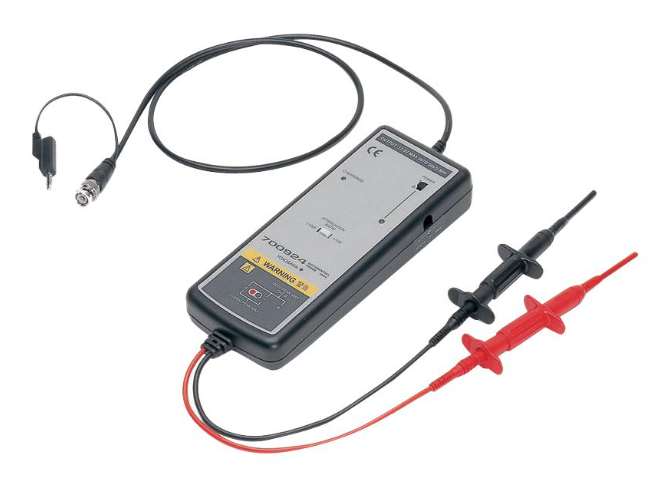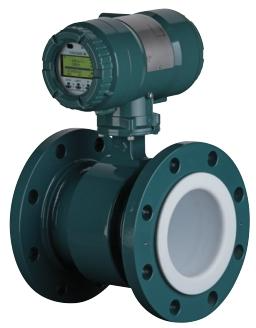ABB 3BHE021951R0124 PLC Module
ABB 3BHE021951R0124 PLC Module
Overview
The ABB 3BHE021951R0124 is a Programmable Logic Controller (PLC) module. PLCs are essential components in industrial automation, used to control and monitor a wide range of industrial processes and machinery.
Functionality and Features
Logic and Control Functionality
The primary function of this PLC module is to execute logical and control operations. It can be programmed to handle various control tasks such as sequencing, interlocking, and timing. For example, in a manufacturing assembly line, it can control the sequence of operations of different machines, ensuring that a product is assembled in the correct order. The module uses a programming language (such as ladder logic, function block diagram, or structured text) to define the control logic. This allows engineers to customize the behavior of the module to meet specific industrial - process requirements.
Input and Output Handling
The 3BHE021951R0124 PLC module has the ability to handle a variety of input and output signals. It can receive digital and analog inputs from sensors and other external devices. These inputs can represent parameters such as temperature, pressure, position, and status of equipment. On the output side, it can generate digital and analog output signals to control actuators such as motors, valves, and relays. For example, it can receive an input signal from a temperature sensor and based on the programmed logic, send an output signal to a cooling fan motor to adjust the temperature.
Communication Capabilities
The PLC module is equipped with communication interfaces. It can communicate with other PLC modules, Human - Machine Interfaces (HMIs), Supervisory Control and Data Acquisition (SCADA) systems, and other industrial - network devices. The communication protocols supported can include Ethernet/IP, Profibus, Modbus, etc. This allows for seamless integration into industrial - automation networks and enables the sharing of data and control commands between different components of the system. For example, it can send process - data to a central - control room for monitoring and receive configuration - and - control commands from a remote operator.
Data - Processing and Storage
The module can process and store data. It can perform arithmetic and logical operations on the input data to generate output - control signals. It also has memory for storing program code, configuration - data, and process - related data. The memory capacity varies depending on the module's design, but it typically includes both volatile (such as RAM) and non - volatile (such as flash - memory) storage. The data - storage capabilities are useful for tasks such as logging process - data for later analysis, storing error - messages, and keeping track of production - count and - quality - related information.
Technical Specifications
Input/Output Specifications
The module has specific details regarding its input and output capabilities. The number of digital and analog input and output points is defined. For example, it might have 32 digital inputs, 16 digital outputs, 8 analog inputs, and 4 analog outputs. The input - voltage and - current ranges for digital inputs and the voltage - output and - current - sourcing/ - sinking capabilities for digital outputs are also specified. For analog inputs and outputs, the voltage - and - current - range, resolution, and accuracy are important parameters.
Communication - Interface Specifications
The communication interfaces have their own set of technical details. For each supported protocol, the module has details such as the maximum data - transfer rate, the number of supported connections, and the physical - connection requirements (e.g., Ethernet - port type, RS - 485 - termination requirements). The communication - interface specifications ensure that the PLC module can effectively communicate with other devices in the industrial - network environment.
Processor and Memory Specifications
The PLC module is powered by a specific processor type and speed. The processor's performance affects the speed at which the control - logic is executed and the data - processing capabilities. The memory - capacity details include the amount of RAM for temporary data - storage during operation and the amount of non - volatile memory for program - and - data - storage. The memory - access - speed and - bus - width also impact the overall performance of the module.
Applications
Industrial Automation and Manufacturing
In factory automation, the ABB 3BHE021951R0124 PLC module is used to control a wide range of manufacturing processes. It can be applied to control the operation of conveyor - belt systems, robotic - assembly operations, and material - handling equipment. For example, in an automotive - manufacturing plant, it can control the movement of robotic arms for welding, painting, and part - installation, as well as the operation of conveyor - belts for transporting car - body parts.
Process - Control Industries
In process - control industries such as chemical, pharmaceutical, and food - processing, the PLC module is used to monitor and control process - variables. It can receive inputs from temperature, pressure, and flow - rate sensors and send output - commands to control valves, pumps, and heaters. This helps to maintain the quality and safety of the production process and ensure compliance with industry - standards and - regulations.
Building Automation and Energy - Management Systems
In building - automation applications, the PLC module can be used to control and monitor building - services such as heating, ventilation, air - conditioning (HVAC), lighting, and access - control systems. It can adjust the temperature - set - points of HVAC systems based on occupancy - sensors and time - schedules, control the lighting - levels in different areas of a building, and manage access to restricted - areas. In energy - management systems, it can also collect and analyze energy - consumption - data to optimize energy - usage.

- User name Member Level Quantity Specification Purchase Date
- Satisfaction :
-









Email:wang@kongjiangauto.com

